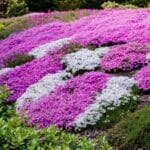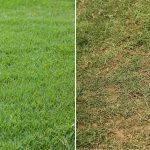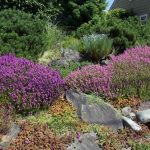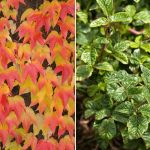If your lawn has been harmed by car traffic, rain, or youngsters seeking some fresh air, you have numerous alternatives as a homeowner. The simplest option may appear to be enclosing the lawn and allowing it to regrow. This may be effective, but it is rarely quick or practical.
Some homeowners may give up completely and pave the space, or they may opt for synthetic turf, which is unquestionably effective but rarely cost effective. It’s a lot more work than most people have time or energy for. Even if you think you can handle it, it degrades the natural state of your lawn.
It’s possible that you’re overlooking more environmentally friendly alternatives that are easily available nowadays. Two of these natural alternatives are Zoysia grass and Fescue. But between Zoysia grass vs Fescue, which one should you go for?
Basically, Zoysia grass can tolerate higher wear, salt, and drought than fescue, making it an ideal option for high-traffic areas and salt-sprayed coastal areas. Both grasses thrive in a variety of soil conditions.
Table of Contents
What Is Zoysia Grass?
The finer of the two grasses, zoysia grass, forms a thin but complete carpet in the sodded area. Users of zoysia will notice that it is a seasonal plant, lasting only through the summer and browning in the winter.
In comparison to fescue, zoysia requires more upkeep. To keep its solid appearance, it will need to be tended to on a regular basis.
It has weak seeds that rely substantially on a well-established root system to grow. Although this makes it difficult to patch, once the grass is established, it will more reliably repair itself when damaged.
For places with a lot of foot activity, this grass is the clear winner. When compared to fescue, it absorbs significantly more wear and strain.
Zoysia Grass Identification
Zoysia has a darker green look than fescue. Its finer blades tangle together to form a dense ground cover.
Zoysia thrives when mowed to a height of less than two inches. This encourages the propagation of rhizomes, which gives zoysia its regenerating ability.
What is Fescue?
Fescue grass is coarser than zoysia grass. Depending on which subspecies is chosen, it can be found in a variety of colors.
This grass enjoys being mowed to a height of three and a half inches. When compared to zoysia, it grows a little looser.
Fescue grass is more resistant to natural difficulties than zoysia grass, however it cannot take the beating that zoysia grass can. This plant can resist all four seasons, as well as significantly more precipitation than zoysia can.
Fescue Identification
Fescue is distinguished by its broad leaf blades with equal-sized veins. It doesn’t have a prominent midrib. It produces a panicle-style seed head with six to eight seeds when left unmowed.
Zoysia Grass Vs Fescue (Key Differences)
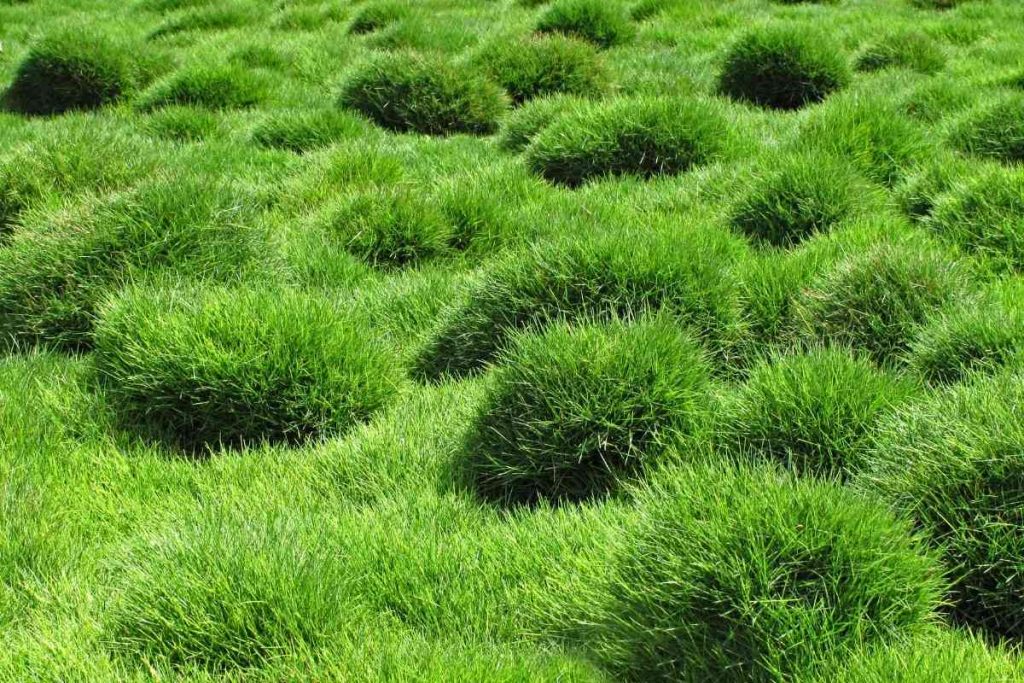
Growing Conditions
Fescue can withstand more shade and cold than zoysia grass. Fescue will generally flourish better in partial shade, such as beneath a tree, than other grass varieties.
Zoysia can withstand greater wear, salt, and drought than fescue, making it a better choice for high-traffic areas and salt-sprayed coastal areas. Both grasses thrive in a variety of soil conditions.
Formation
Because its seeds are of poor quality, zoysia grass is frequently propagated from sprigs, plugs, or sod. Fescue is often grown from seed. When opposed to seeding, sodding offers both advantages and downsides.
Sod instantly produces a lawn and minimizes erosion in hilly or windy places. It’s also more expensive than seed.
| Zoysia grass | Fescue Grass | |
| Grass type | Warm season grass | Cool season grass |
| Plant height | Low to the ground growing | It grows to be rather tall. |
| Active season | Most active in summer | Most active in the spring and fall months |
| Shade tolerance | Thrives in full sun | Tolerates shade |
Can I Plant Zoysia Grass and Fescue together?
Fescue will die if you cut it too short. If you mow Zoysia for an extended period of time, it will struggle and become thin. Because the two varieties of grass don’t get along, blending them isn’t a good idea.
Frequently Asked Questions
What are the ‘toughest’ grasses?
Sports-turf grasses like ordinary Bermuda, hybrid Bermuda, and zoysia are the “toughest” grasses (considering simply one characteristic). These grasses grow in a trailing pattern and can withstand more foot traffic than cool-season grasses (like fescues).
Will Zoysia take over Fescue?
In locations with hot summers and moderate winters, zoysia will choke out fescue in sunny or lightly shaded lawn areas. In deep or moderate shade, zoysia will not choke out fescue. Zoysia is marketed as a low-maintenance, all-purpose wondergrass that may eliminate the need for lawn care altogether.
What is bad about Zoysia grass?
In low regions where water might pool, Zoysia grass is sensitive to standing water and may die out. Although root rots are evident, there are numerous more issues that aren’t. Other issues caused by incorrect watering include shallow rooting, greater susceptibility to disease, and grub attraction.
What is Fescue grass good for?
Tall fescue is prized for its capacity to adapt to a variety of conditions, as well as its tolerance for drought, cold, heat, and shade. Tall fescue gives exceptional possibilities for boosting grass resilience and durability in its favoured growing zones.
Does Fescue come back every year?
Fescue is green all year under ideal conditions, although it can go dormant (brown) during periods of extreme heat or drought.
Conclusion
In terms of visual appeal and maintenance required, zoysia grass is the better option for homeowners. The initial amount of sod used in zoysia might produce significantly more grass than the homeowner paid for.
Although the need to mow less makes fescue an appealing option, the grass will require additional preparatory work as well as patching if it is damaged again.
The visual component is more important than you might realize in the decision-making process. As a homeowner, it’s safe to assume that you’re looking for ways to improve the appearance of your front lawn.

